
Destroying radars and blinding enemy air defense: Insights into the AGM-88 HARM missile that shocked Russia
The U.S. $500 million aid package for Ukraine includes AGM-88 HARM high-speed anti-radiation missiles
These missiles have been in use by Ukraine's Armed Forces for three years now and, according to military personnel, effectively blind enemy air defense systems by destroying Russian radars.
Contents
1. What is AGM-88 HARM
2. AGM-88 HARM in Ukraine
3. How Ukraine adapted AGM-88 HARM for non-Western aircraft
4. Technical specifications of the AGM-88 HARM
5. How AGM-88 HARM assists on the battlefield
6. New capabilities for AGM-88 HARM in Ukraine
What is the AGM-88 HARM?
The AGM-88 HARM (High-speed Anti-Radiation Missile) is an American high-speed anti-radar missile. It was designed for Western-made aircraft to neutralize Soviet-era air defense systems and radar stations emitting electronic signals.
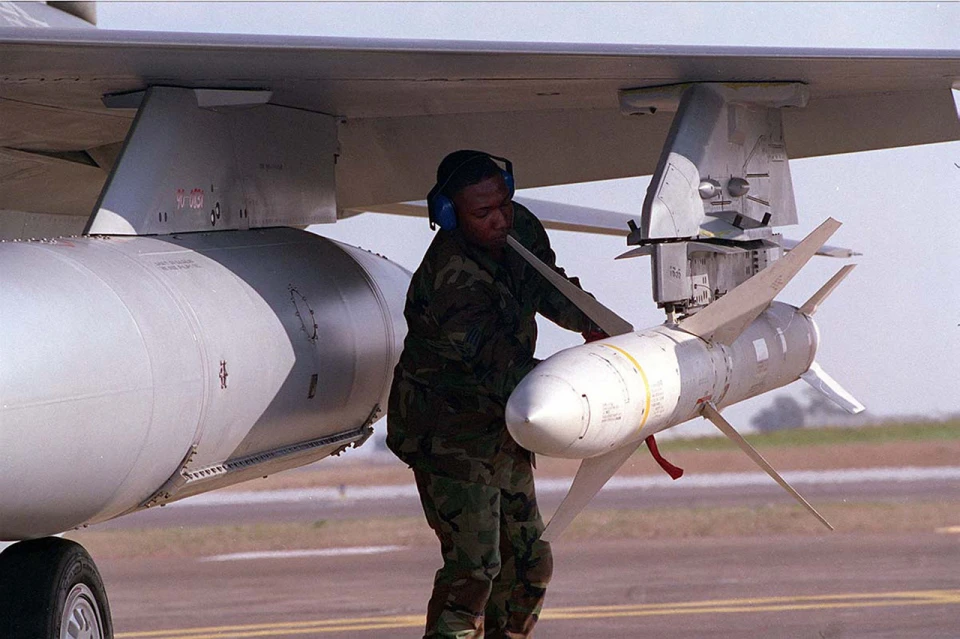
The missile was introduced into service in 1983 as a replacement for the AGM-45 Shrike and is capable of locking onto high-frequency radar systems. It is resistant to traditional countermeasures, such as turning off the radar or changing operating frequencies. The missile calculates the target's location and can strike even if the radar system is shut down.
AGM-88 HARM in Ukraine
The first reports of AGM-88 HARM missiles being used in Ukraine came from Russian sources on August 7, 2022, when remnants of the missile were discovered at Russian positions. An inscription on a piece of tail fin indicated the origin of the missile.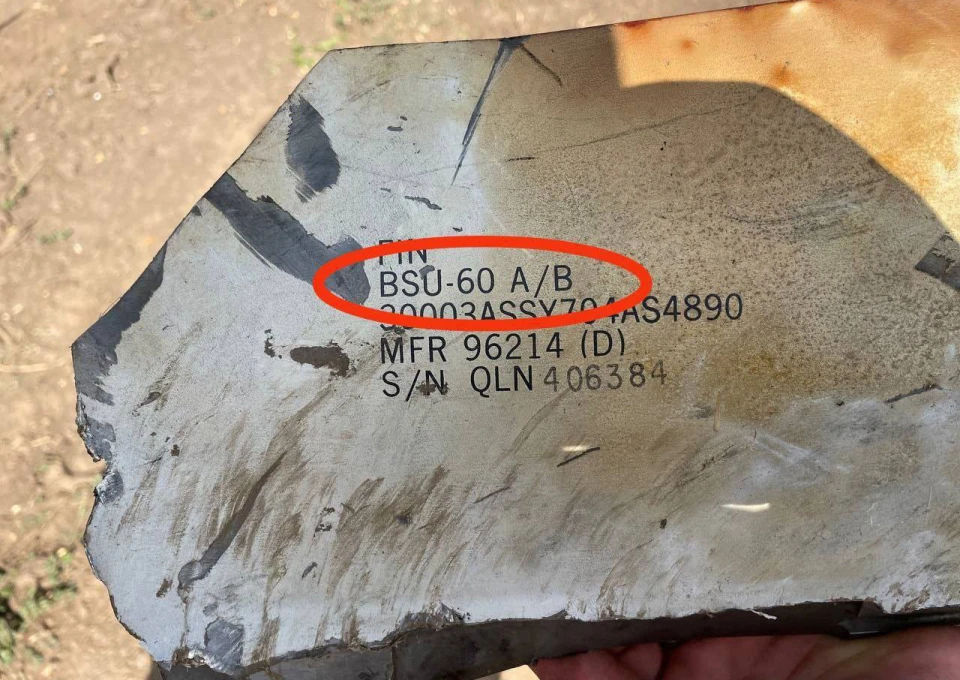
At the time, no official announcements had been made about their transfer to Ukraine, sparking speculation among military experts. These missiles are typically integrated with American or European fighter jets, none of which were in Ukraine’s arsenal at the time. Initially, some suggested that Ukraine had developed ground-based launch systems for these missiles.
Later, the Pentagon confirmed the supply of these missiles to Ukraine. It was eventually revealed how Ukraine's Air Force managed to adapt these weapons for use without American aircraft.
How Ukraine adapted AGM-88 HARM for non-Western aircraft
A video presented by the Air Force Command on August 30, 2022, dedicated to Ukrainian pilot Yevhen Lysenko, who heroically died in an air battle with the Russian occupiers, shed light on this issue.
After analyzing the video, the Defense Express authors explained how the MiG-29 was adapted to use the HARMs. For this purpose, a transitional pylon was used, which houses all the necessary equipment for pre-launch preparation of the missile. Thanks to it, one MiG can carry two AGM-88 HARMs.
Serhiy Zgurets, CEO of Defense Express, highlighted in his column for Espreso TV that the integration of HARM missiles into Ukrainian aviation represents a unique blend of modern technology and innovative solutions. This integration has enabled HARM missiles to effectively "clear the sky" for Ukrainian forces.
“In the case of Ukrainian MiG-29 fighters, a transition pylon, a device between the wing and the missile, was used to install HARM missiles, which packs all the necessary equipment so that the missile is prepared for launching at enemy targets before launch. It seems simple, but in fact it required a number of difficult decisions that had to be made in an extremely short time. It took several weeks of such exhausting but effective work, and today we have a new type of weapon,” Zgurets wrote.
Serhiy Zgurets explained that the MiG-29 is used to hit predetermined battlefield targets. To fire, the pilot ascends to a specific altitude and launches the missile. The HARM missile, with a range of 150 km, then independently locates active enemy radar and destroys it. If the radar is turned off, the missile can still strike the target based on pre-determined coordinates.
It was later revealed that HARM missiles were integrated not only into the MiG-29 but also into the Su-27. Interestingly, in 2024, a video from the 831st Tactical Aviation Brigade showed that launching the AGM-88 HARM from the MiG-29 and Su-27 required an iPad.
Technical Specifications of the AGM-88 HARM
- Length: 4.1 meters
- Diameter: 0.25 meters
- Weight: 355 kg
- Warhead Weight: 66 kg
- Operational Range: Up to 150 km
- Speed: 2,280 km/h
How AGM-88 HARM assists on the battlefield
From the moment Ukraine began using the AGM-88 HARM in August 2022, its effectiveness was evident. The missiles were able to neutralize advanced Russian air defense systems such as the Tor-M2 and, occasionally, components of the S-300 systems. The missiles are particularly effective against systems that combine radar and launch capabilities, such as the Tor.
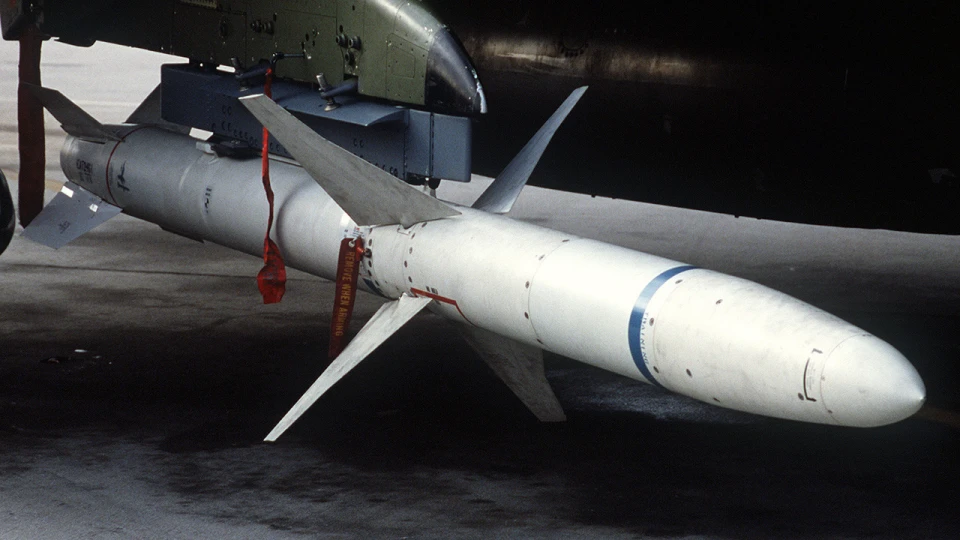
Ukrainian forces have also used these missiles to target Russian air defense positions in occupied Crimea, significantly disrupting their operations. The AGM-88B Block III variant, produced from 1987 to 1993, is equipped with a fragmentation warhead containing 25,000 steel sub-munitions.
New capabilities for AGM-88 HARM in Ukraine
Although integrating AGM-88 HARM missiles into Ukrainian fighter jets was a major achievement, the introduction of Western F-16 aircraft to Ukraine's arsenal has unlocked new potential for these missiles.
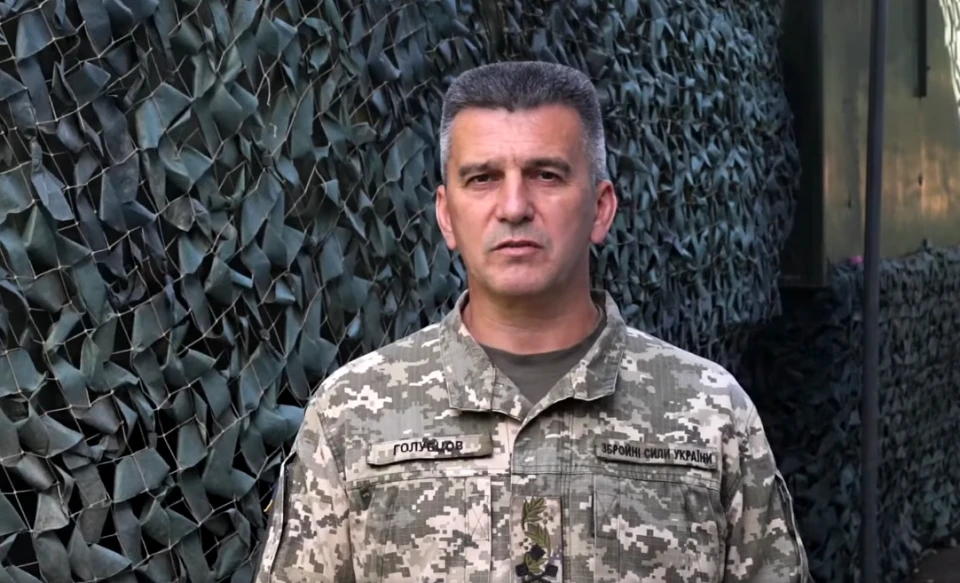 Brigadier General Serhii Holubtsov with Ukraine’s Air Force noted that F-16s significantly enhance the missiles’ effectiveness.
Brigadier General Serhii Holubtsov with Ukraine’s Air Force noted that F-16s significantly enhance the missiles’ effectiveness.
These jets are equipped with advanced systems that allow pilots to detect enemy air defense systems and prioritize targets more efficiently.
In November 2024, reports confirmed that Ukraine received the AGM-88E Advanced Anti-Radiation Guided Missile (AARGM) from the United States. This upgraded version features a multi-sensor system, including active radar and GPS guidance, enabling it to destroy targets even if radar systems are turned off. With a speed of 2,500 km/h, the AGM-88E represents a significant upgrade, allowing Ukrainian forces to neutralize advanced Russian air defense systems more effectively.
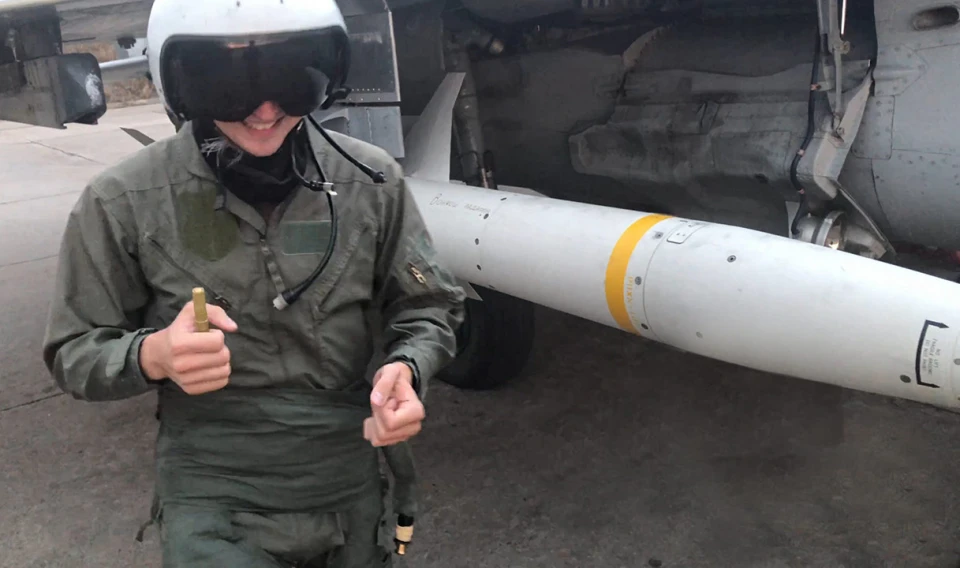
The introduction of these missiles, alongside new F-16 fighter jets, marks a pivotal advancement in Ukraine’s ability to combat enemy air defenses and maintain air superiority.
- News












































